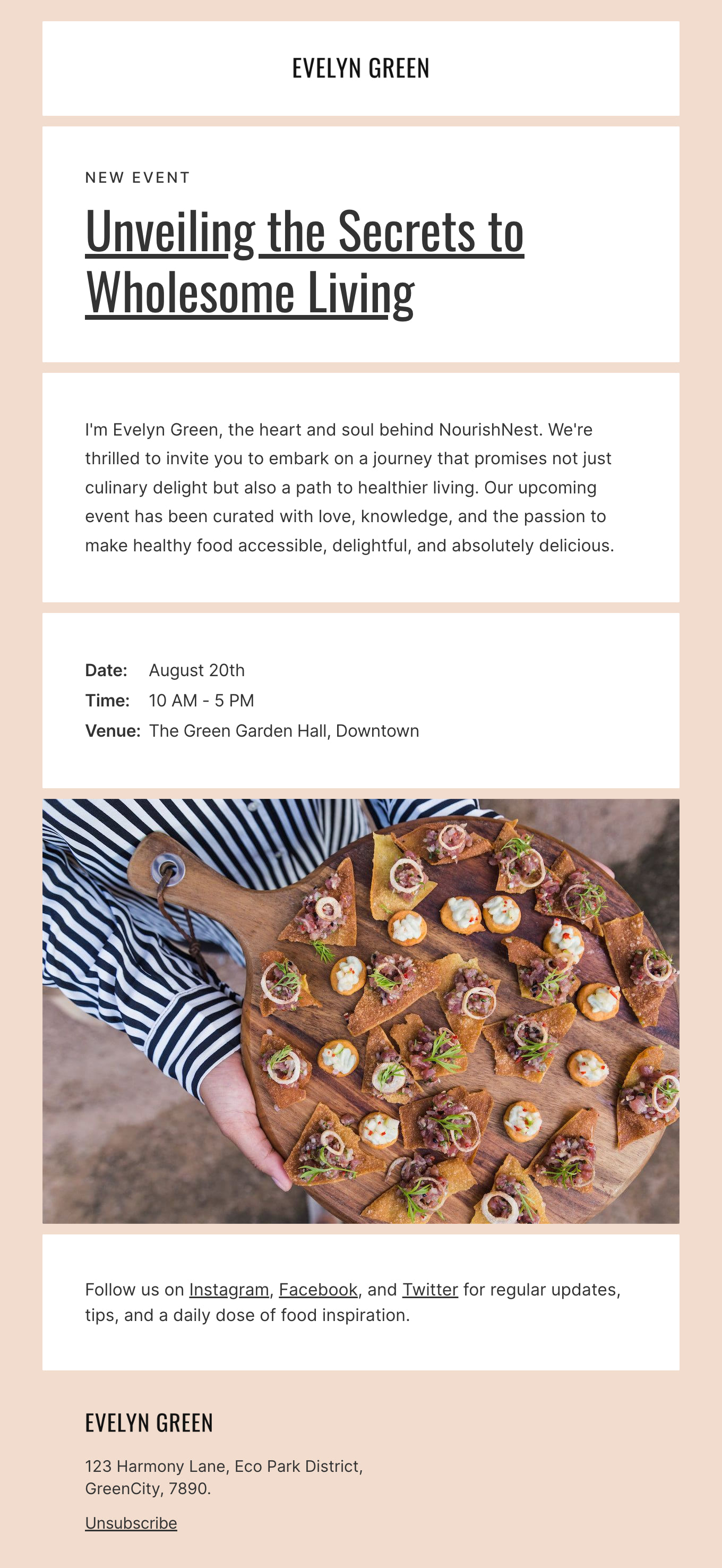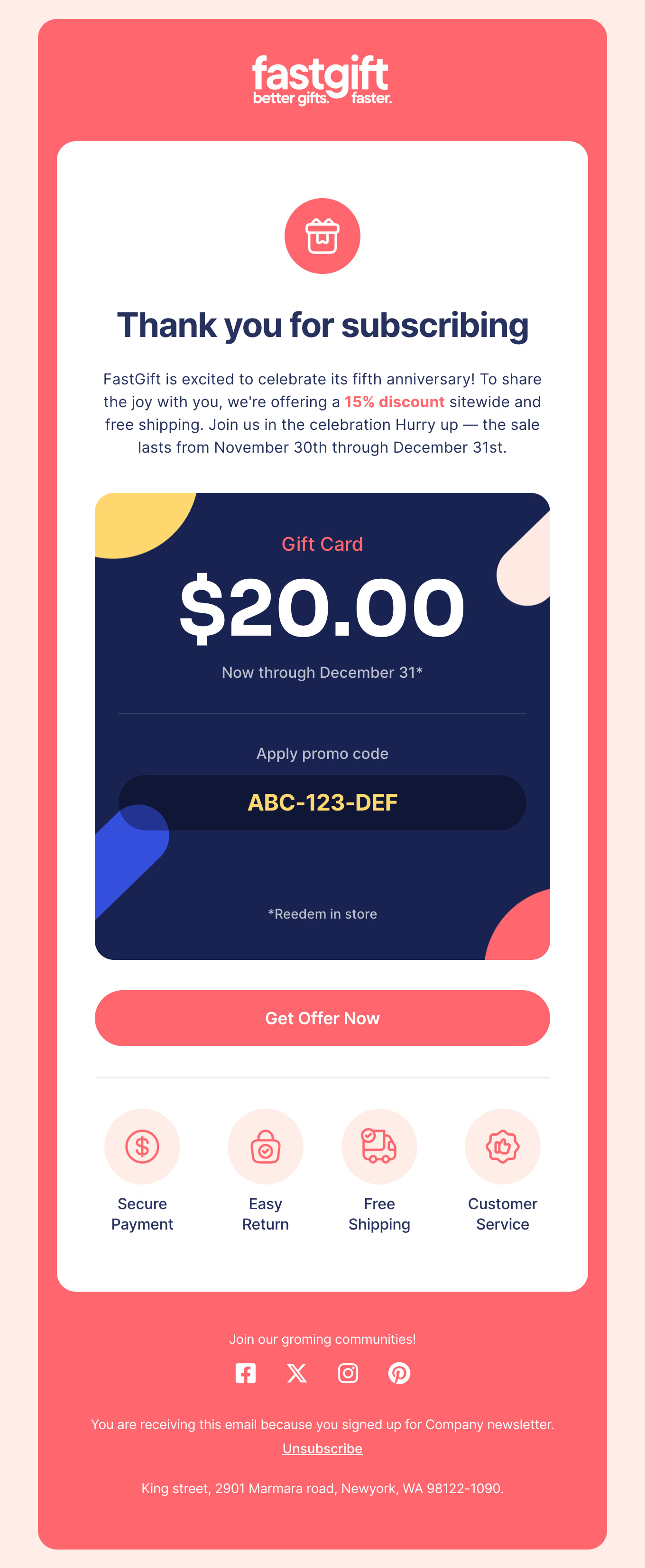Yoga Day
-

-
Edit in PostcardsLicense Free
Introducing the “Yoga Day” email template, a pristine embodiment of serenity and wellness! This design radiates relaxation and beckons recipients to embark on a transformative yoga journey. It beautifully captures the essence of contemporary wellness with a touch of traditional practices.
The stunning visuals feature a yoga enthusiast executing a pose against a modern, naturally lit backdrop, which resonates harmoniously with the event’s ambiance. Above the fold, key event details are presented with an elegant typography that ensures clarity. With a prominent call-to-action, “ACCESS LIVE EVENT,” it encourages immediate engagement.
The footer concludes the template with essential contact details, ensuring authenticity and trust. Perfect for yoga studios, wellness retreats, or any event that advocates for holistic well-being. Elevate your email campaigns with this free, captivating template!





